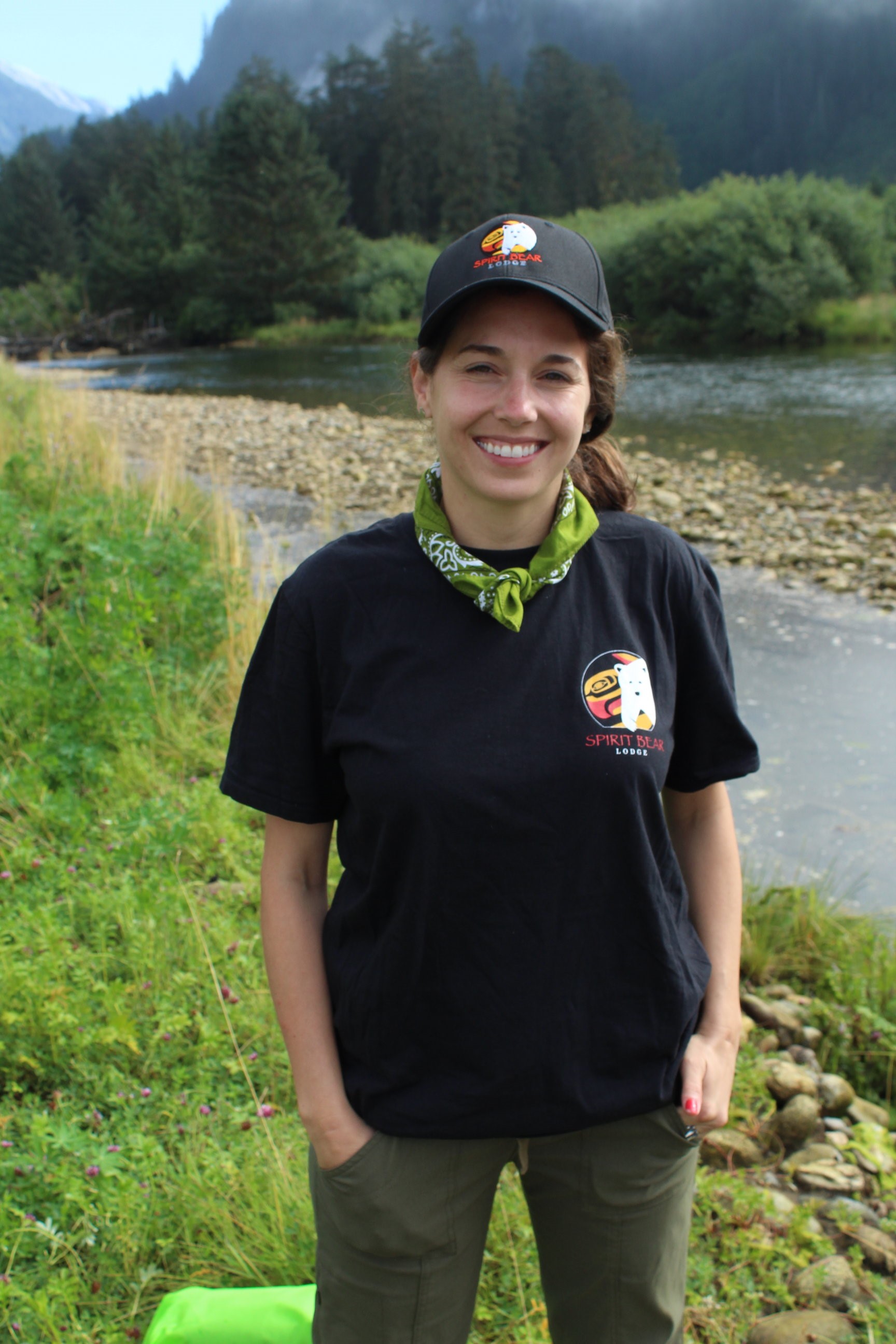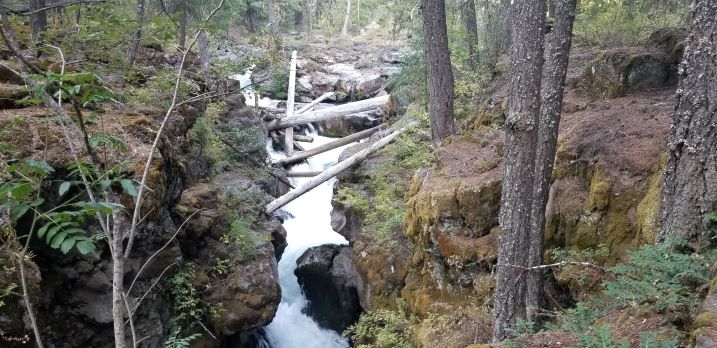
Jackie Delie is a human dimensions of wildlife scientist with a deep interest in understanding cultural complexities and human attitudes, beliefs, values, and behaviors towards natural resource and wildlife who grew up in the Pacific Northwest of Washington State. When she's not outside exploring the natural world with her binoculars and camera on hand, then she's immersing herself into another culture, dining on local food and dancing. She has had the privilege to travel and work in many areas of our planet, and from her view, it is a living beauty.
Jackie is also a SCB Graduate Student Research Award Winner, and a Masters Student of Human Dimensions of Wildlife Science at Oregon State University. She is leveraging the spatial GPS data of black bears killed over the past decade, as reported from the Oregon Department of Fisheries and Wildlife, and examining how the cluster of those points relate to how people use the landscape. In addition, she is applying traditional theories from psychology to understand tolerance towards the American black bear (Ursus americanus) in Oregon.
SCB held a Q & A with Jackie to learn more about her research, what has surprised her the most about her project, why she chose it and what comes next!

Field site in Oregon.
What have been your biggest challenges in this research project?
The biggest challenge is my want to include too much in my study from attitudes towards black bears to the ecology of black bear habitat use. There are many facets of human-wildlife studies that interest me, but I had to narrow the scope of my research for a more refined and focused study – also one that was achievable in a two-year timeline.
What is your favorite part about conducting your research here?
Oregon’s geography is vast, dramatic, and beautiful with the Cascade Mountain range and high mountain desert, and it makes this state a beautiful place to conduct research. Its natural features remind you how wonderfully weird our planet is, for example, Oregon is home to the largest mushroom on Earth – it spans over 2.4 miles! With the landscape comes down-to-earth people who are connected to the place and love talking about nature. I have heard several personal experiences with all types of wildlife: black bears, wolves, cougars, coyotes, deer, and ravens.
Black bear sighting in British Columbia.
What surprised you the most?
What surprised me most was the sheer number of people who took time out of their day to talk with me and who were genuinely interested in my work. Standing at trailheads for 8hrs plus a day, approaching strangers to take a survey on their perceptions of black bears gets the nerves going and has you question if you will achieve your desired sample size.
What comes next? What are you working on now?
What comes next is the characteristic academic route of writing, defending, and presenting my findings. The larger goal of my project is to help inform the black bear management plan through the Oregon Department Fish and Wildlife so they can make better decisions on where to prioritize resources on the landscape to better understand why human opinions differ about black bears.

What are three things you always carry with you when in the field?
- GPS
- Notepad
- Clipboard (for some reason a person always seems official with a clipboard)
Why did you decide to study conservation biology? What was the path that led you here?
For four years, I immersed myself in multi-cultural learning at Franklin University Switzerland, intrigued by courses related to applied research and global environmental policy and development. One year, while reading the novel, Stinging Trees and Wait-a-Whiles: Confessions of a Rainforest Biologist by Dr. Laurance, I was seduced by the descriptions of Australia’s biodiversity and the utterly energetic story of him as an ecologist. The book inspired me to undertake a semester abroad stationed in the primitive tropics of Queensland, Australia. It was here, while scrapping mold off my books and trying to avoid blood-sucking leeches, that my interest in social science and conservation piqued. With the aim of improving human-nature relations through social science research, I worked towards a career in conservation and wildlife management.

What do you love most about what you do?
Acting on my own curiosity to understand and learn from others about ourselves and nature. I strongly believe that we need to listen and pull in a variety of knowledge sources to creatively solve the conservation issues we face today.
Who's the scientist you admire the most? Why?
There are past and present scientists I admire and respect in all fields. However, as a general statement, woman who have pushed beyond academia and applied their work and curiosity to policy, conservation, health, education, or exploration are ones I find myself looking up to.
How did you choose to do this research project in particular?
I designed a research project that was local and in an area at the interface of human-wildlife interactions. People in Oregon have experience living with the native black bear, and I wanted to tap into the psychology of people’s tolerance towards the species. I also met with the Oregon Department of Fish and Wildlife, who provided their black bear hunting data. Acquiring their data presented an opportunity to pursue an interdisciplinary social-ecological study by incorporating spatial analysis of known human-black bear interaction areas. Plus, I have previous work experience assessing human-black bear interactions with the organization Western Wildlife Outreach in Washington State.
